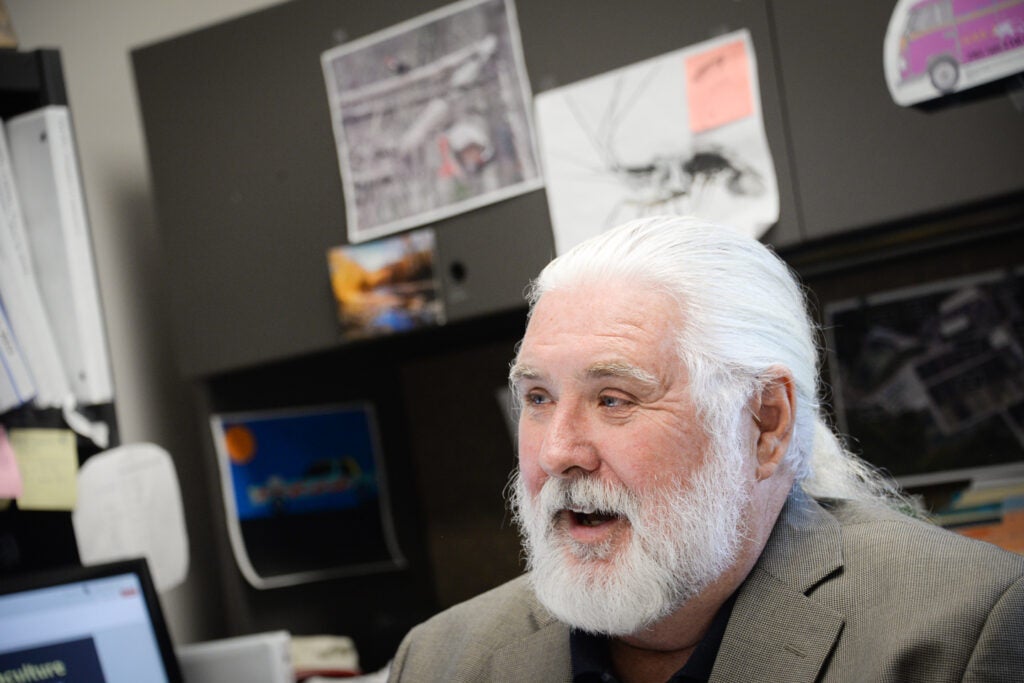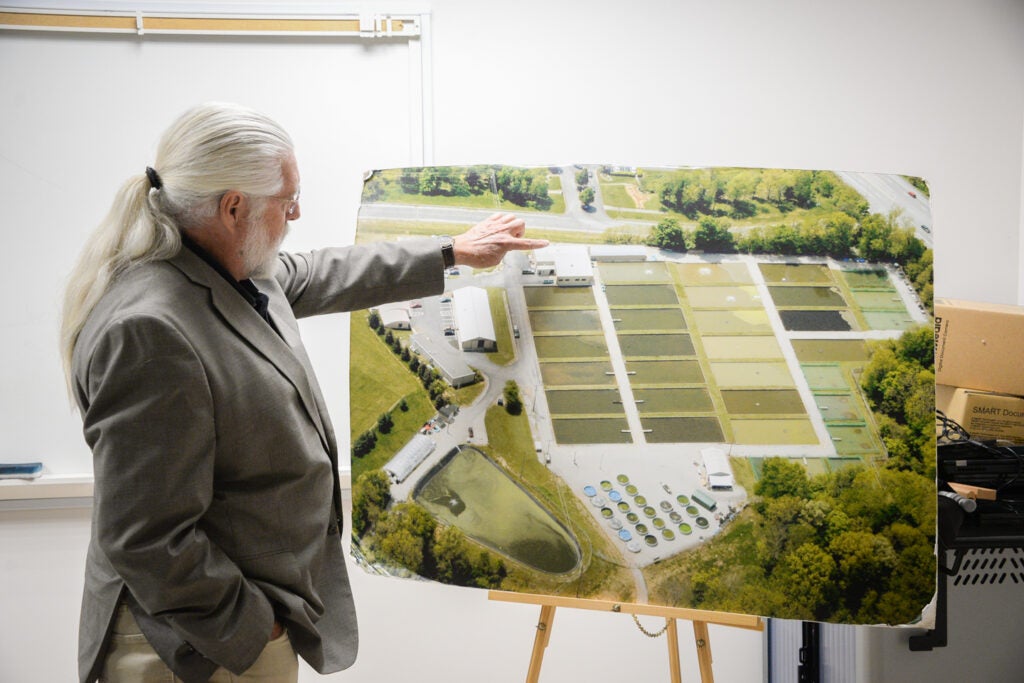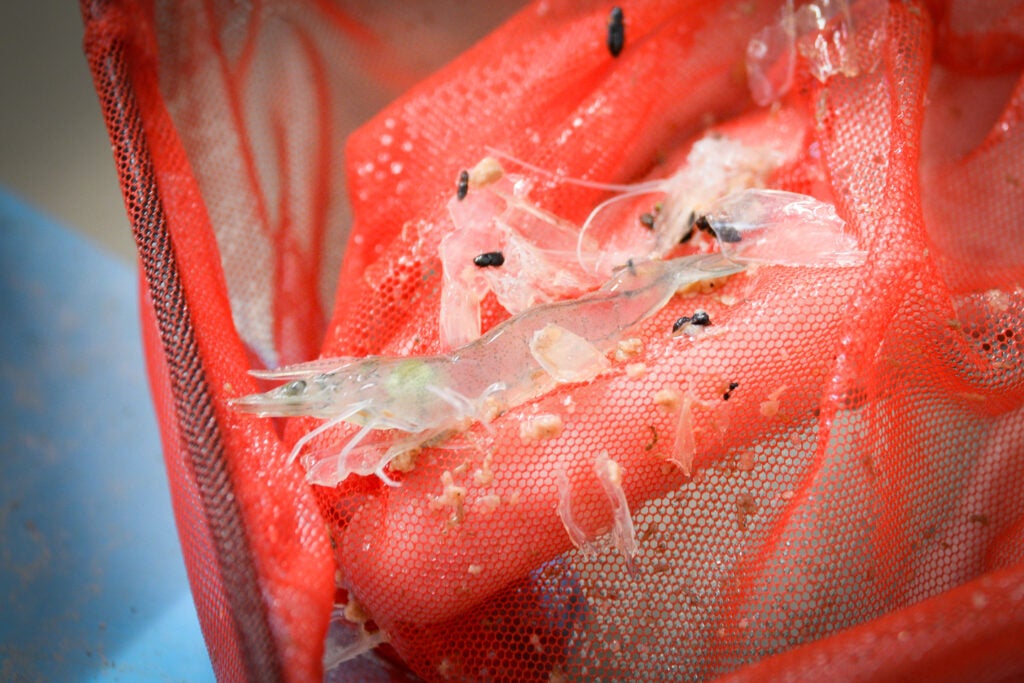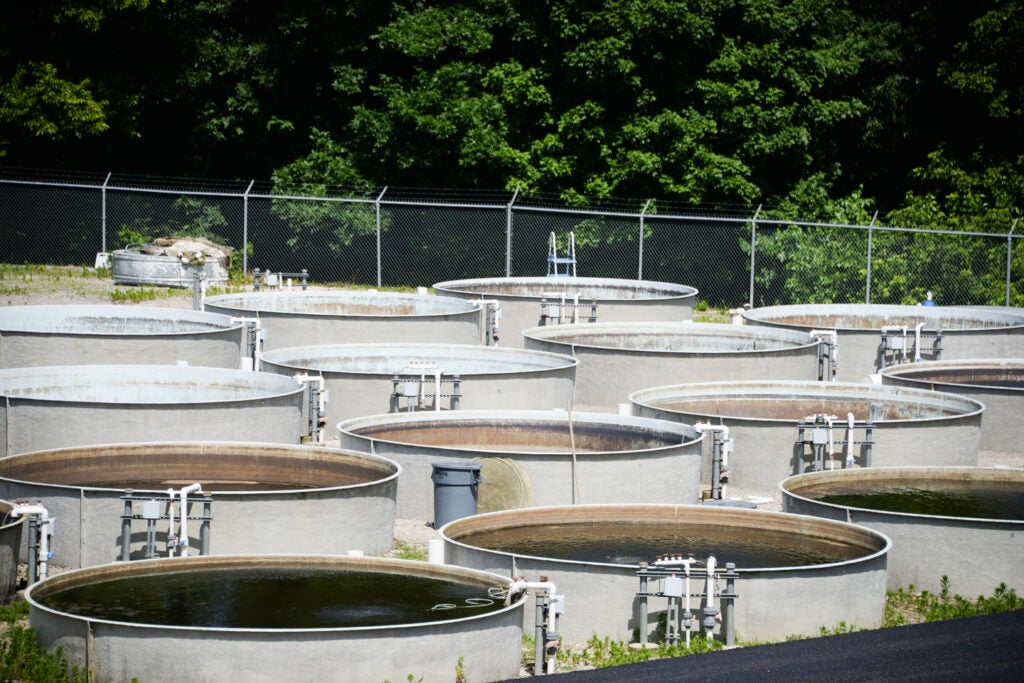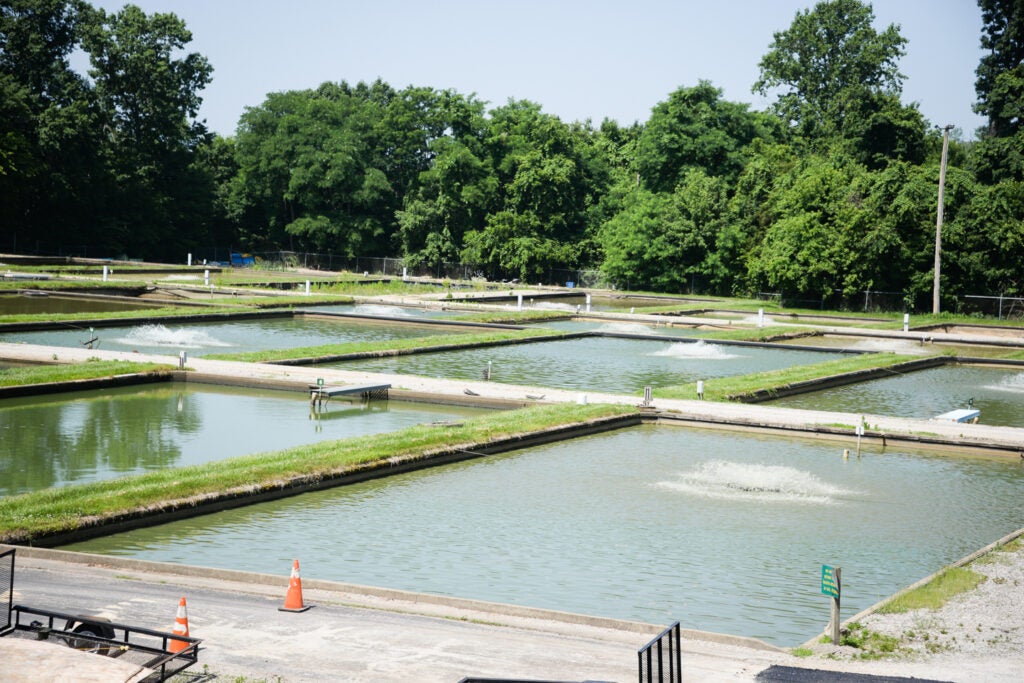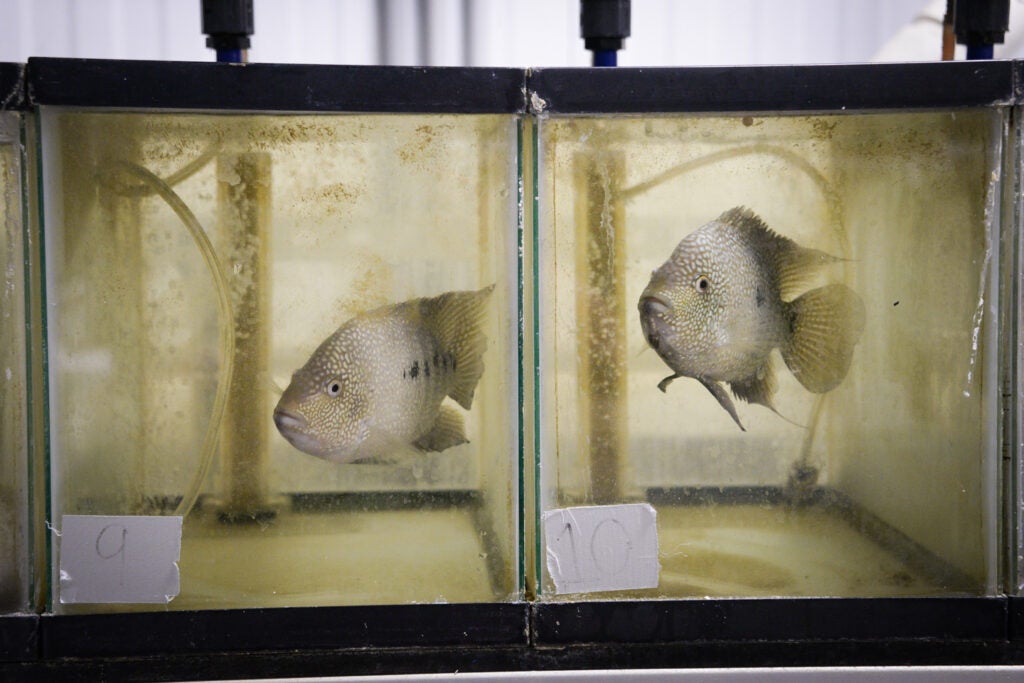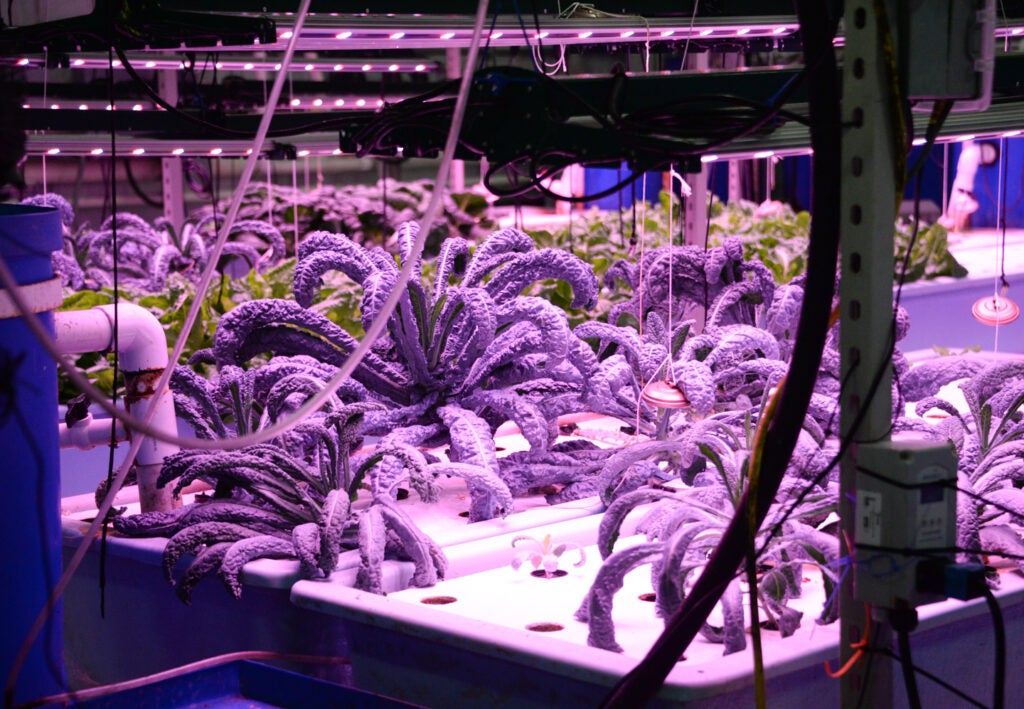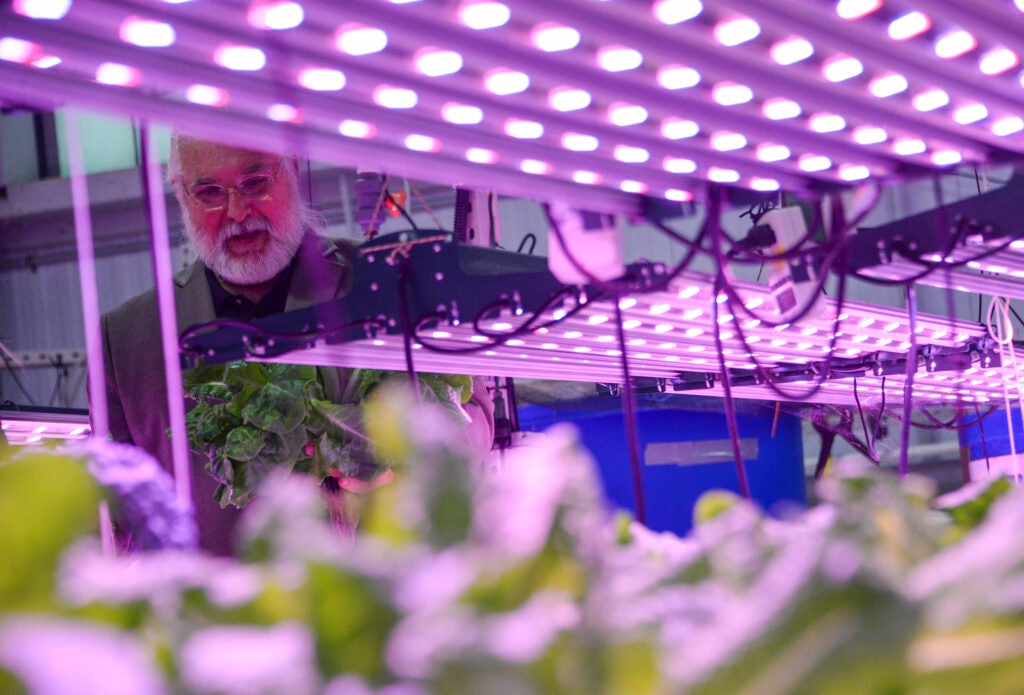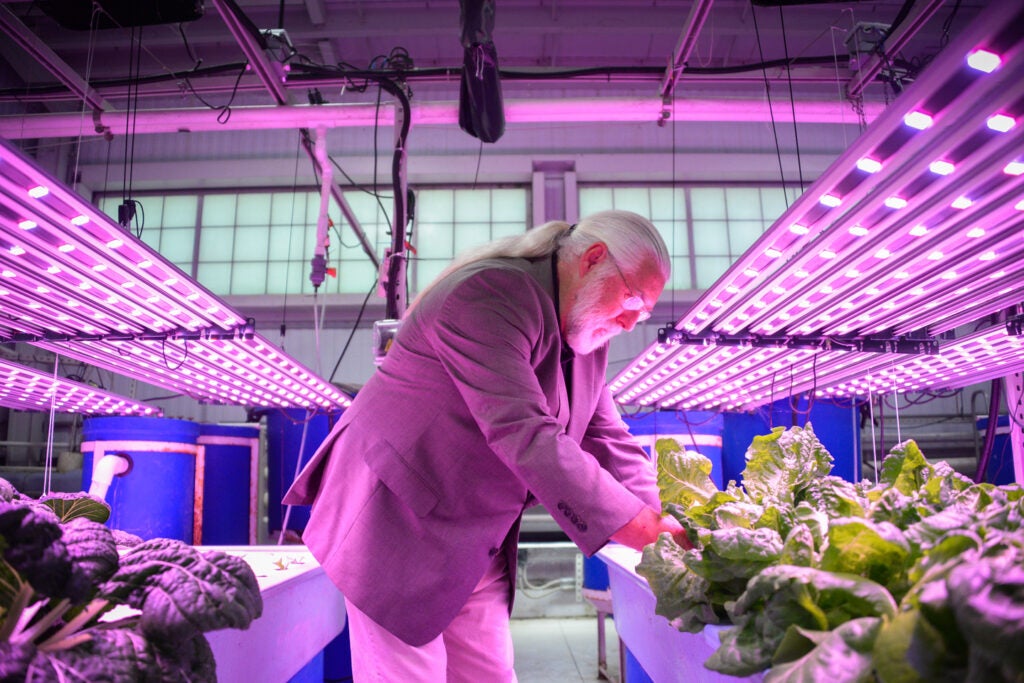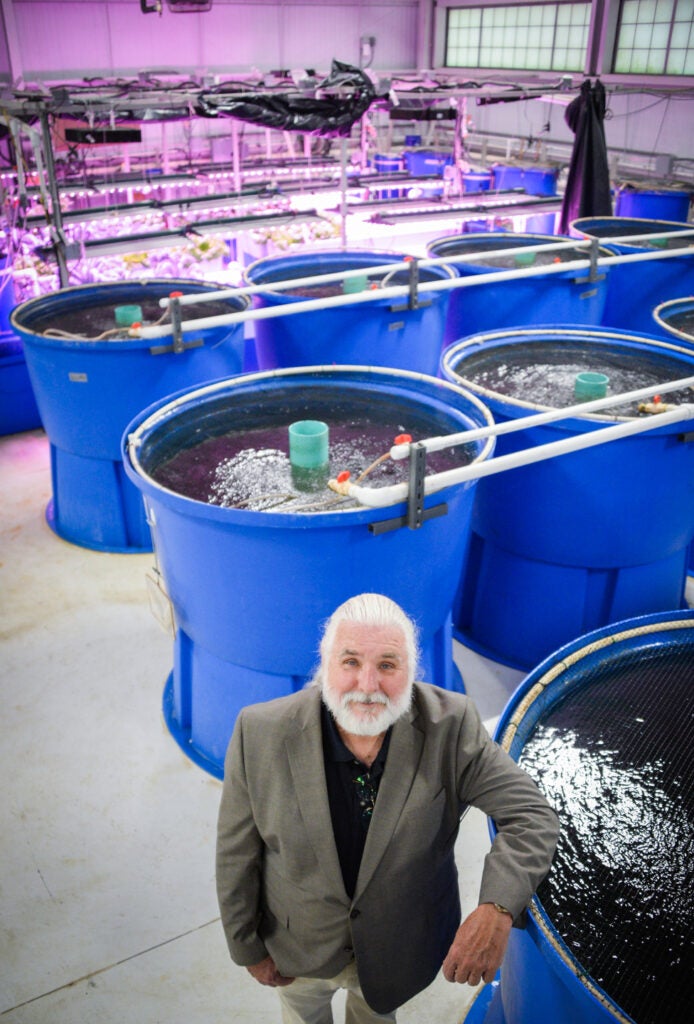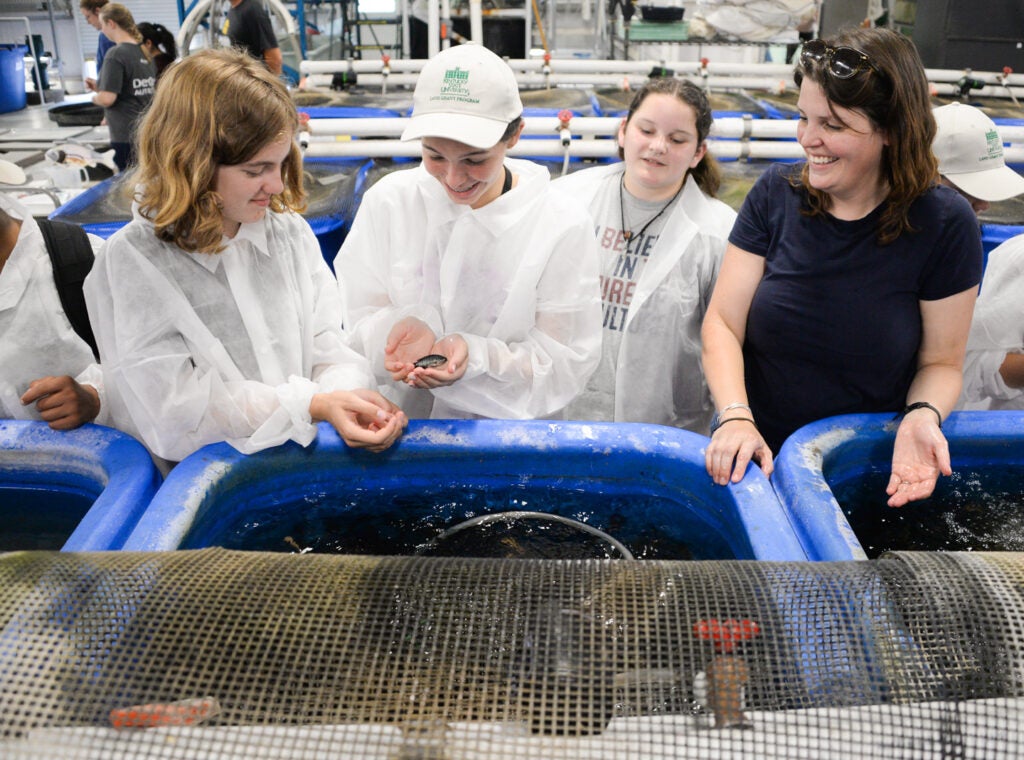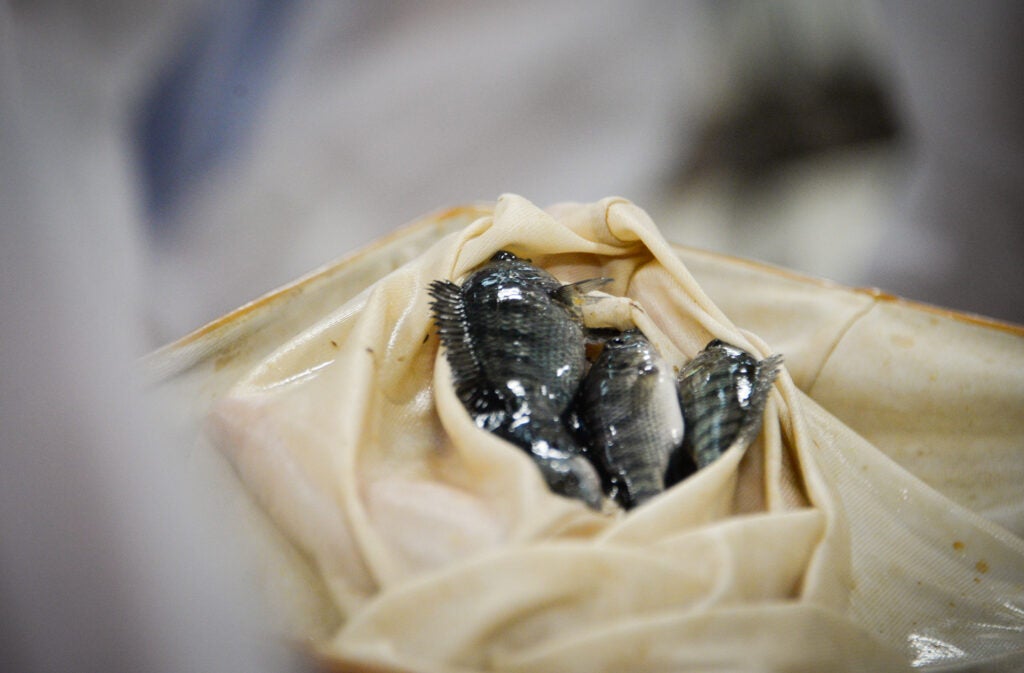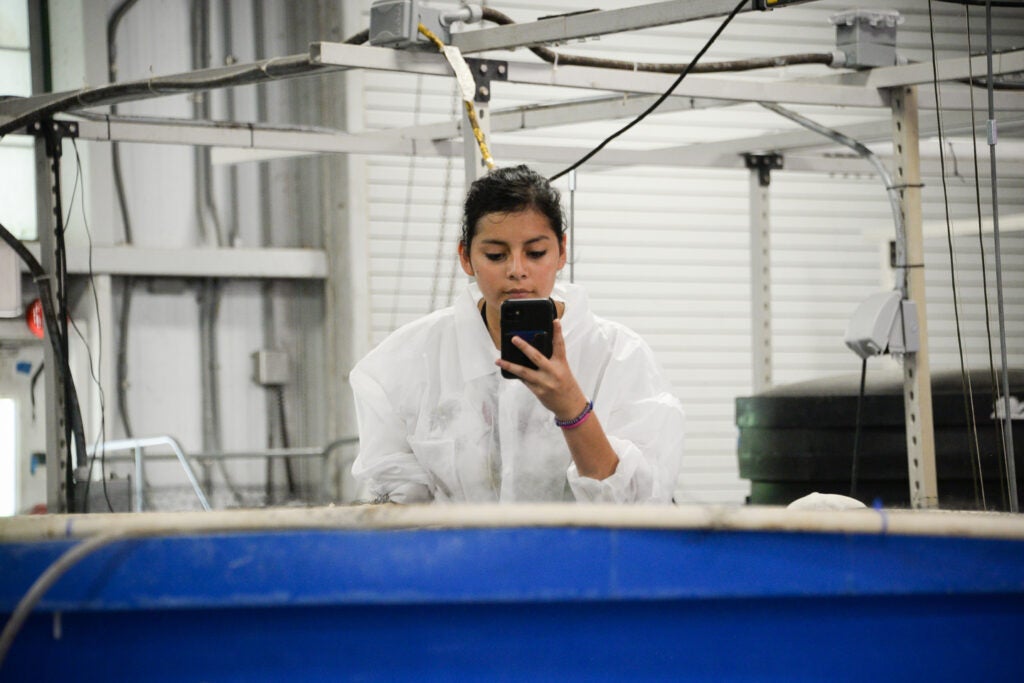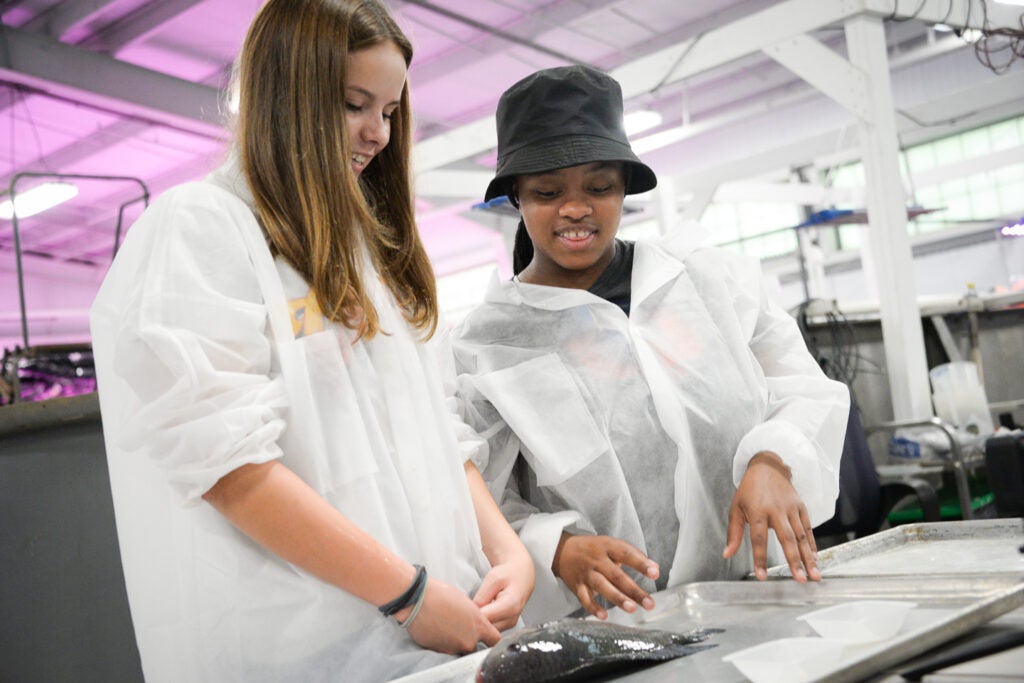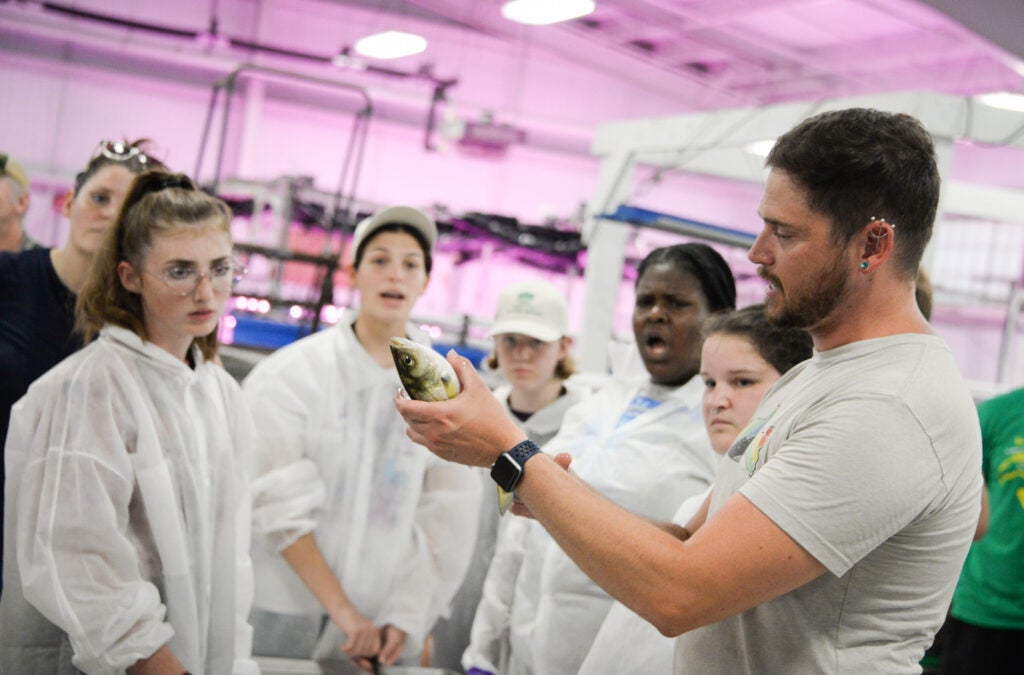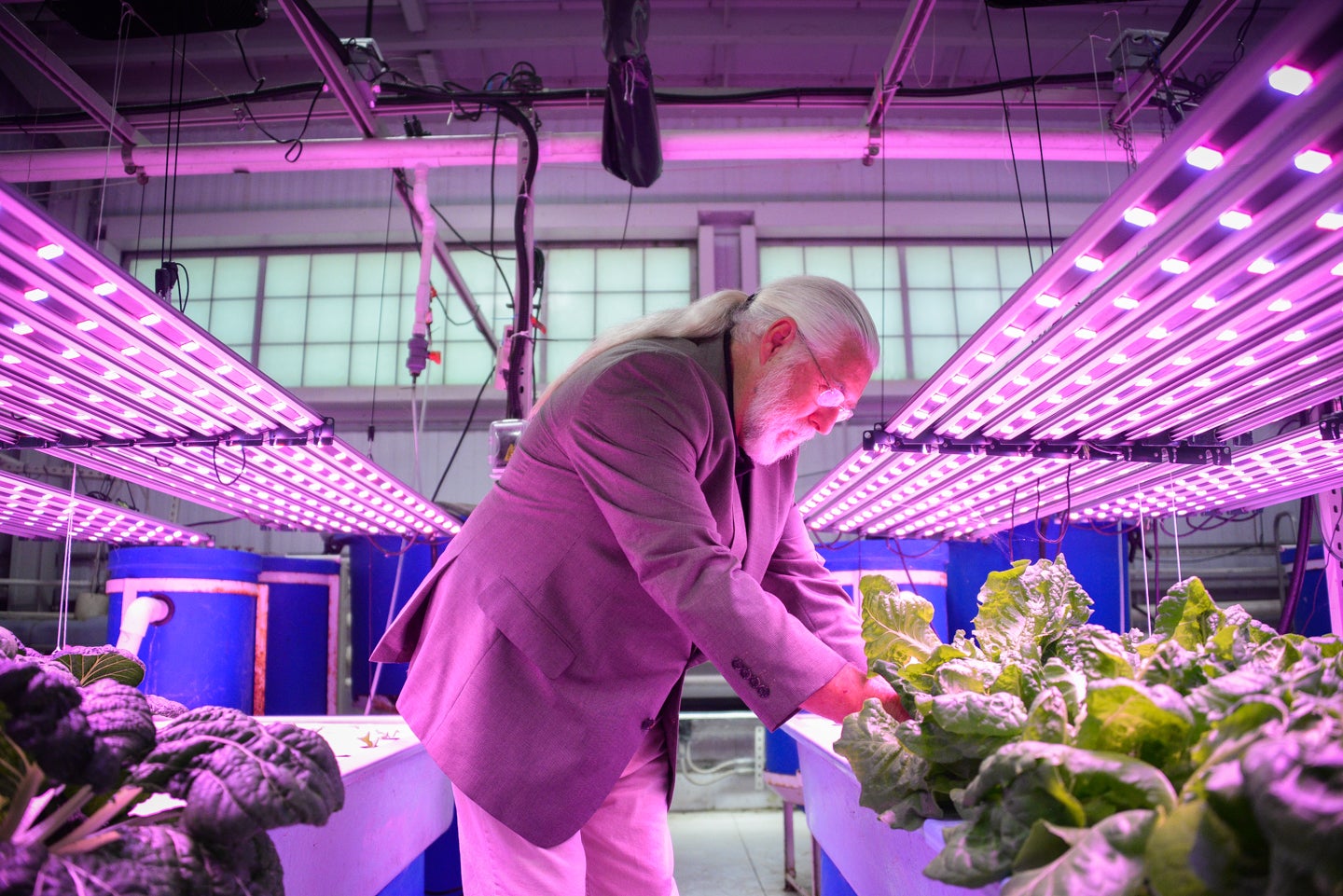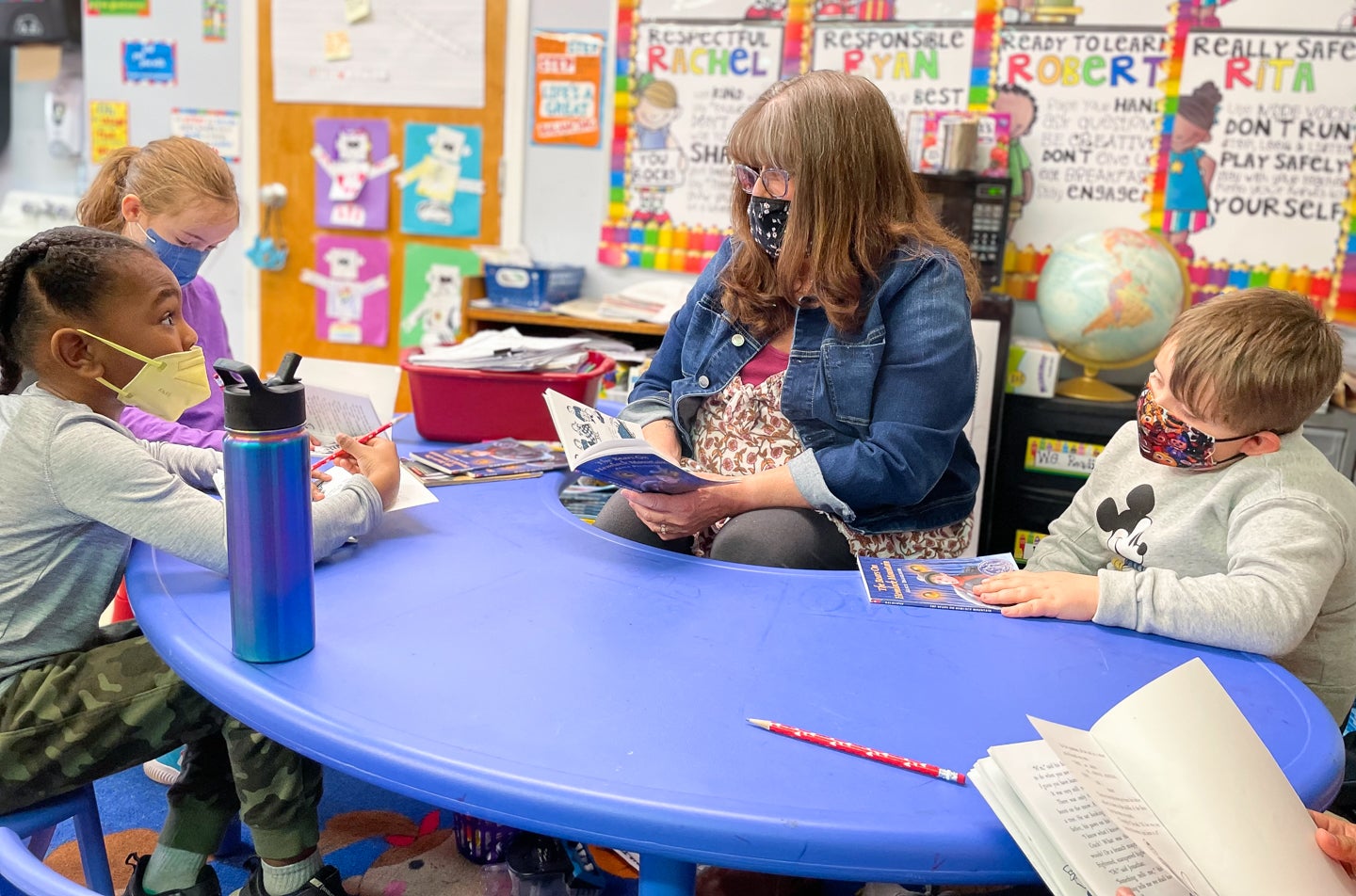Madison Plank
Aquaculture, the controlled cultivation of fish — similar to animal farming — doesn’t always have to take place in areas near the ocean. In fact, Kentucky State University is home to the only aquaculture facility and one of the few aquaculture programs in the state.
“We are the lead institution for aquaculture in Kentucky as designated by the Council on Postsecondary Education and the legislature,” Chair of the Aquaculture Division at KSU Dr. Jim Tidwell said.
Tidwell added that several of surrounding states do not have an aquaculture program, so KSU’s program is a “Kentucky-unique resource but actually almost a regional program.” Tidwell has served as chair since 1987, taking over the division of aquaculture at KSU not long after it was first established in the mid 1980s. The aquaculture division was 100% research and extension until 1990 when Tidwell got permission to teach the division’s first experimental course.
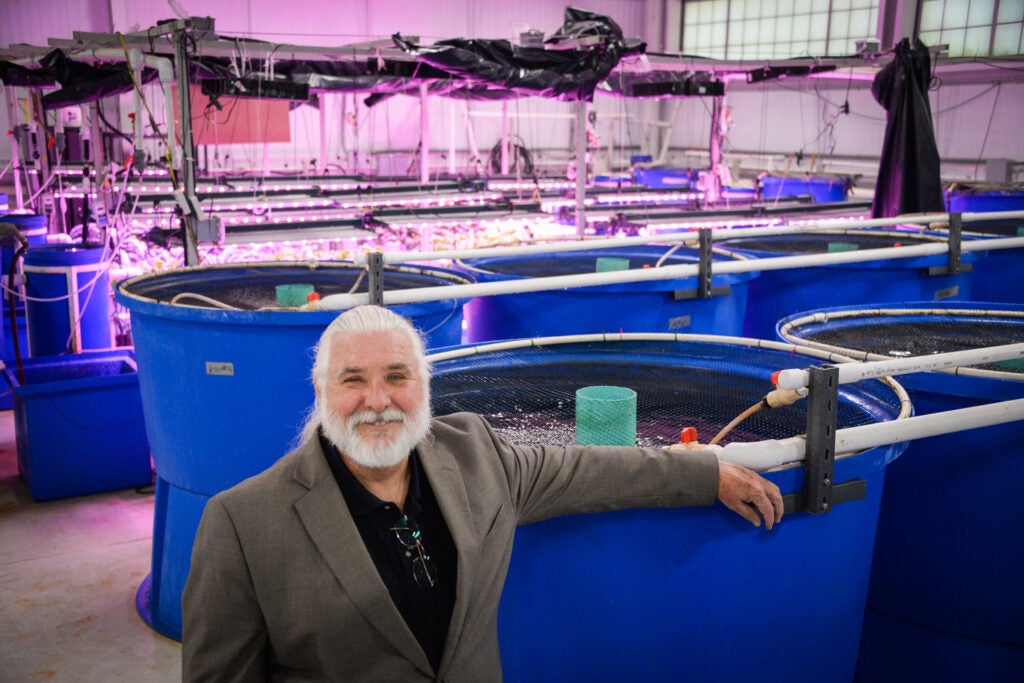
In the mid 1990s, KSU was granted permission to teach their own aquaculture courses, and in 1999, was granted permission to offer a master’s program before they were able to offer an undergraduate program, where students can now either earn a bachelor’s degree in agriculture, food and environment with a specialization in aquaculture or a minor in aquaculture. Tidwell said the program normally has around six to 10 undergraduate students and 12 to 15 graduate students per year.
Students can take a variety of courses varying from learning about the technology behind producing fish to genetics and marketing.
“We cover everything from the egg to the plate,” Tidwell said. “We’ve tried to cover all of the basics with that.”
On-hands learning is what the aquaculture program provides for students, whether that includes testing how to make adequate fish food in a lab, facilitating infinitely circulating fish tanks with tunnels that lead to growing plants due to the nutrients the fish produce (also known as aquaponics) or even working with the Kentucky Department of Fish and Wildlife for remediation aquaculture.
“We work especially with the freshwater mollusks and freshwater mussels, one of the most endangered groups really in the world, and Kentucky happens to have one of the better populations that remained,” Tidwell said. “So as we kind of clean up the environment, there’s a lot of places that the mussels have gone extinct in, in that creek or that river. So we work with Fish and Wildlife with what’s called remediation aquaculture, figuring out how to reproduce those guys and put them back in the system once the water gets cleaned up.”
Located at 103 Athletic Drive in Frankfort lies KSU’s Aquaculture Research Center (ARC) with 33 research ponds, a 3,000-square-foot hatchery that houses spawning, holds and experimental tanks, as well as a 3,500-square-foot nutrition laboratory that also contains a wet laboratory for aquarium studies. Throughout the center includes a classroom/multi-purpose building that is used for instruction, research and library resources, as well as a fish disease diagnostic laboratory. There is also a 14,400-square-foot indoor aquaculture production technologies laboratory so researchers can test and develop technologies to raise fish in a controlled environment.
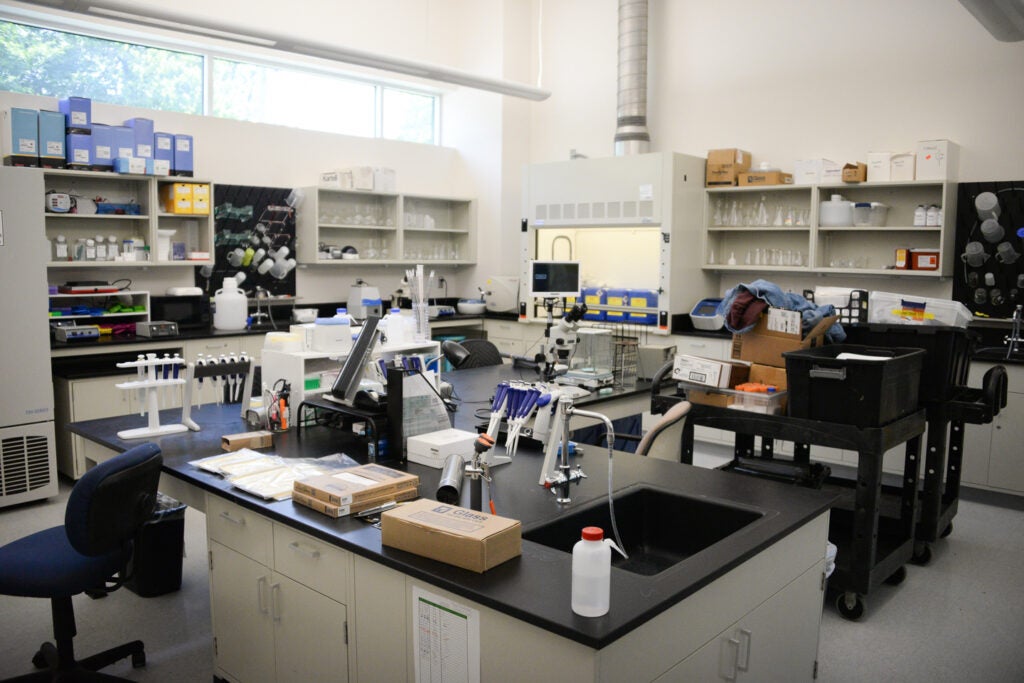
Throughout some of the labs include gene sequencers, very large and expensive computer-like machines that are used to determine the genetic makeup of organisms which can find molecular markers to try and develop better breeds of fish in a more efficient way. This process is what Tidwell would compare to chicken and cow farming, where the breeds have developed over time to adapt better to farms and not get sick as easily.
“A lot of this is using molecular markers to try to develop not genetically modified, but classic selection,” Tidwell said. “That’s what a lot of this is, looking at the molecular level, whether they inherited the trait we were addressing.”
According to KSU’s website, fish kept at the ARC include, largemouth bass, channel catfish, hybrid striped bass, tilapia, koi, paddlefish, freshwater prawns, African river prawns, Australian red claw crayfish, saltwater shrimp and freshwater mussels.
KSU students are not the only ones who get to take advantage of the aquaculture center. In June, KSU Aquaculture hosted 20 high school students from across the country in the AgDiscovery, a USDA outreach program to familiarize middle and high school students with careers in agriculture and related sciences for two to four weeks at a university around the country. Students toured the aquaculture facility and participated in a fish dissection, comparing the internal and external anatomy of tilapia, hybrid striped bass and koi.
